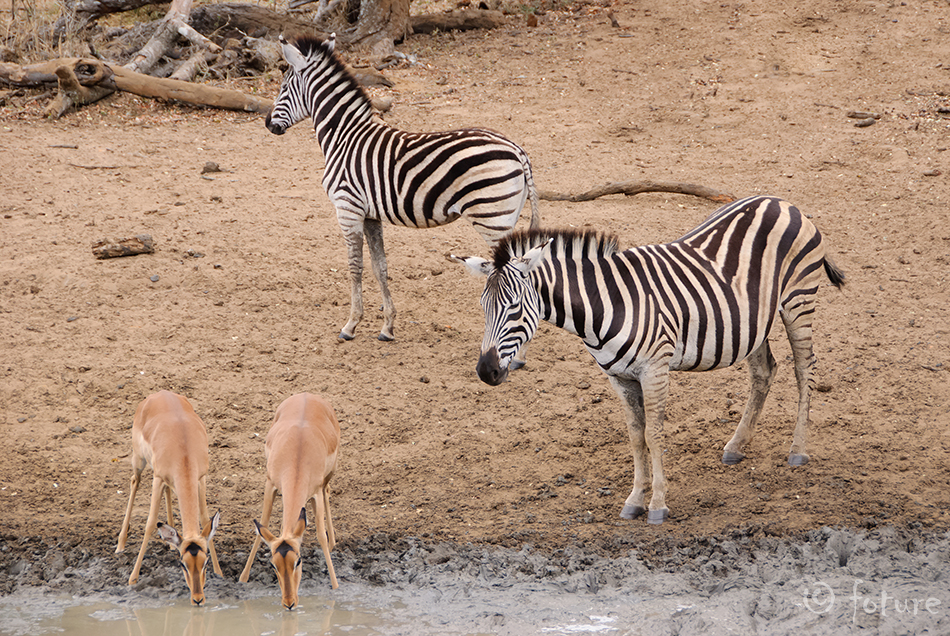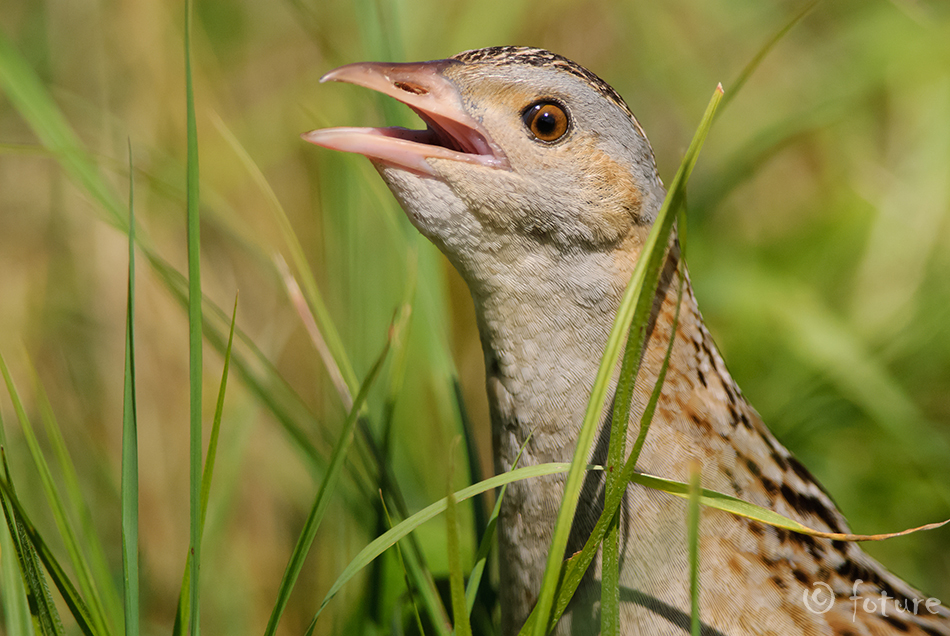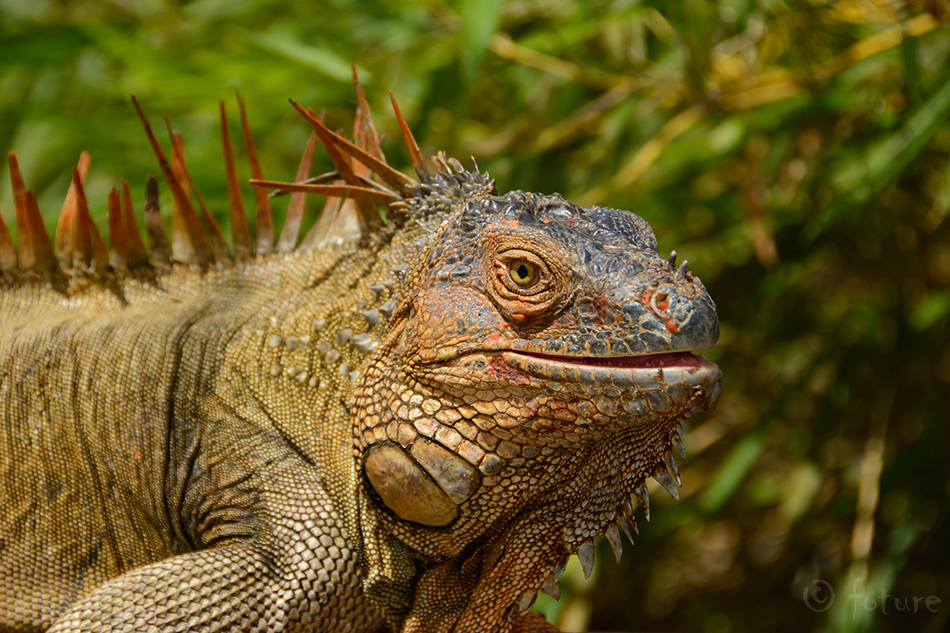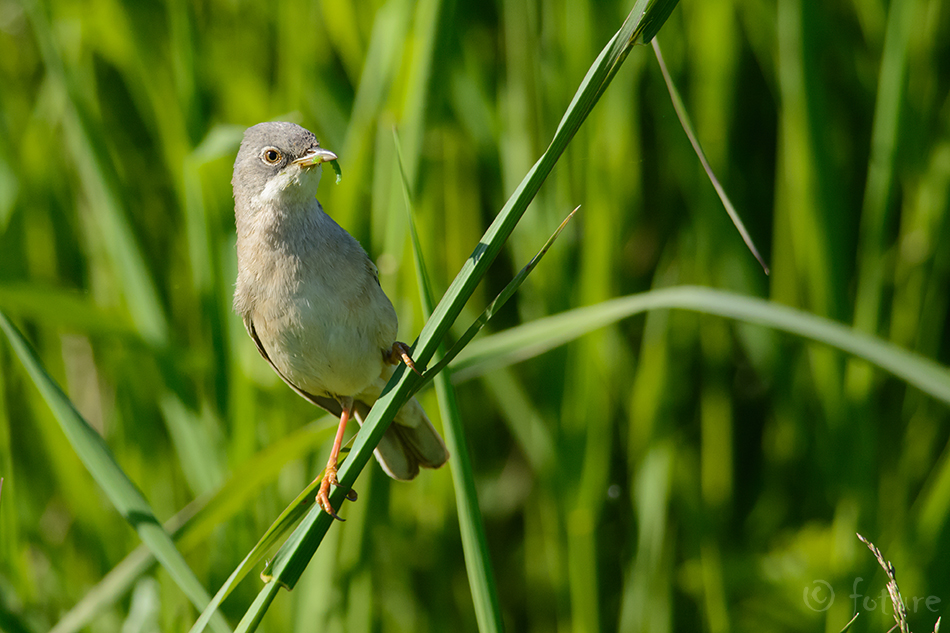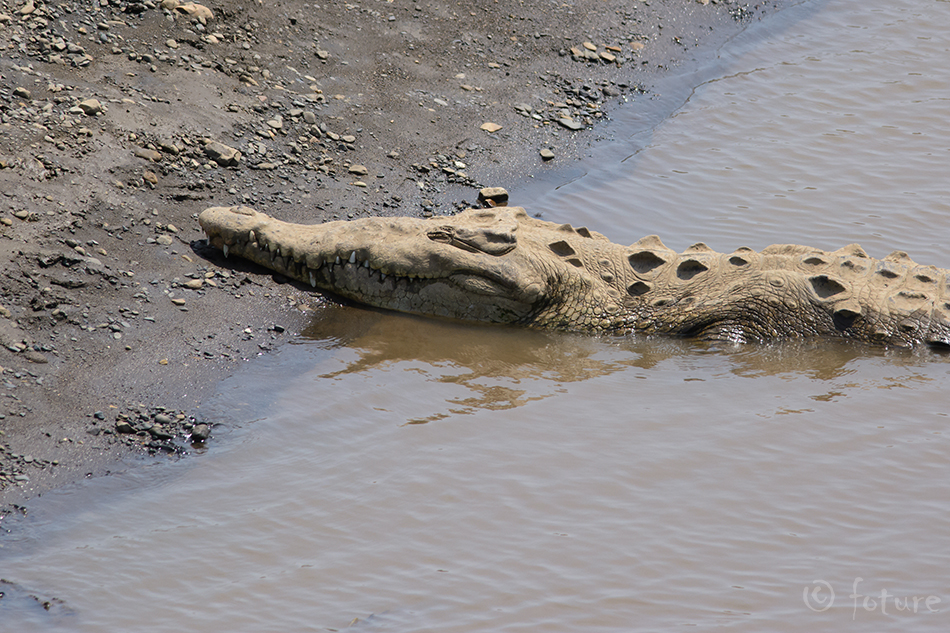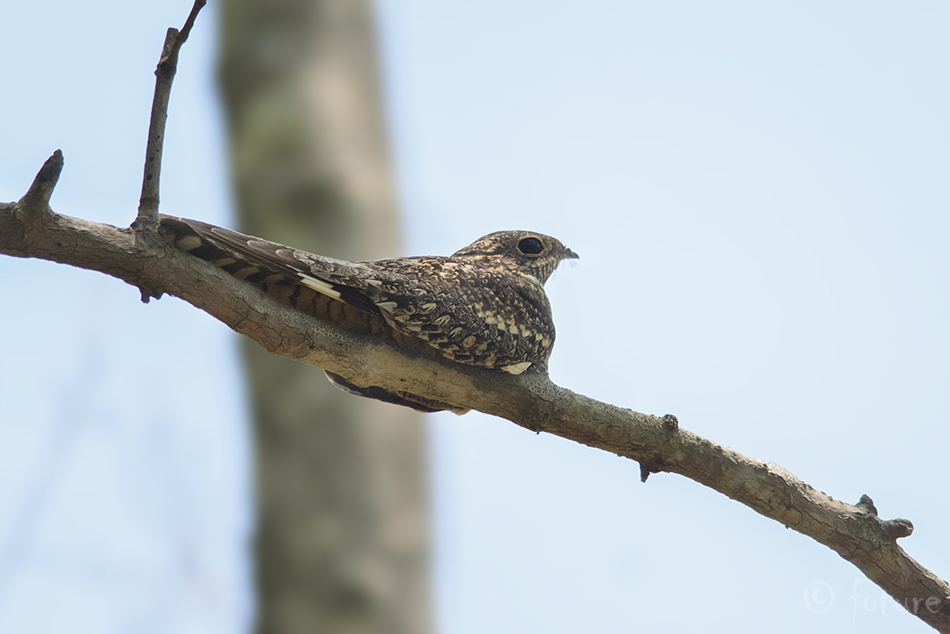
Ookeani ja jõevahelises mangroovisalus vuhises puude vahel
välgukiirusel ringi üks lind. Nägin, et ühel hetkel lend lakkas, kuid
linnu asend okstel ja ka värvus olid sellised, et üles leidmine oli
päris keeruline ülesanne. Lõpuks see siiski õnnestus - suuresilmne
välja-videvikusorr oli kenasti kaamera vaateväljas. Lindu leidub
Ameerika kontinendi subtroopilises ja troopilises osas ning kõige
aktiivsemad on nad õhtuti ja varahommikuti. Päevasel ajal kükitab ta
tavaliselt liikumatult kusagil maapinnal või puuoksal, mistõttu on teda
ka väga raske märgata. Ka oma munad muneb lind maapinnale, eraldi pesa
selle jaoks ei tee. Söögiks tarvitab sorr putukaid, mida hangib
sööstlende tehes. Foto tehtud Carara rahvuspargis, Costa Ricas.
In a small patch of mangrove forest between the ocean and a river,
there was a bird that was flying between the trees in lightning speed.
At one moment I saw that the flight stopped but the colour of the
plumage and the bird's position on the branch made it still very hard
to find. Finally a success - large-eyed Lesser Nighthawk was in
front of my camera lens. You can find this bird in the tropics and
subtropics of the American continent and they are most active in
evenings and early mornings. During the day, they roost motionless on
a tree branch or the ground and are therefore very difficult to see.
It also lays its eggs on the bare ground, the bird does not build
nests. Nighthawk feeds on different insects that it catches during the
rapid flights. The photo is taken in Carara National Park, Costa
Rica.







